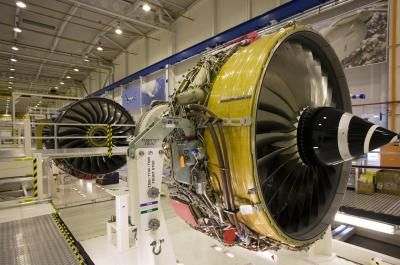The operation of modern jet engines is governed by Newton’s Third Law of Motion: for every action, there is an equal and opposite reaction. As the high-speed jet of gas is expelled from the back of the engine, it generates a forward thrust. This engine thrust is what propels the plane forward, overcoming atmospheric pressure and other resistive forces. The efficiency and power of a jet engine, and consequently the jet power it can produce, are determined by how effectively it can accelerate the exiting gases to the highest possible speed.
Understanding these processes sheds light on the remarkable capabilities of jet planes and explains how jet engines harness the principles of aerodynamics and thermodynamics to generate the thrust that propels a jet plane forward.
This article was updated in conjunction with AI technology, then fact-checked and edited by a HowStuffWorks editor.

